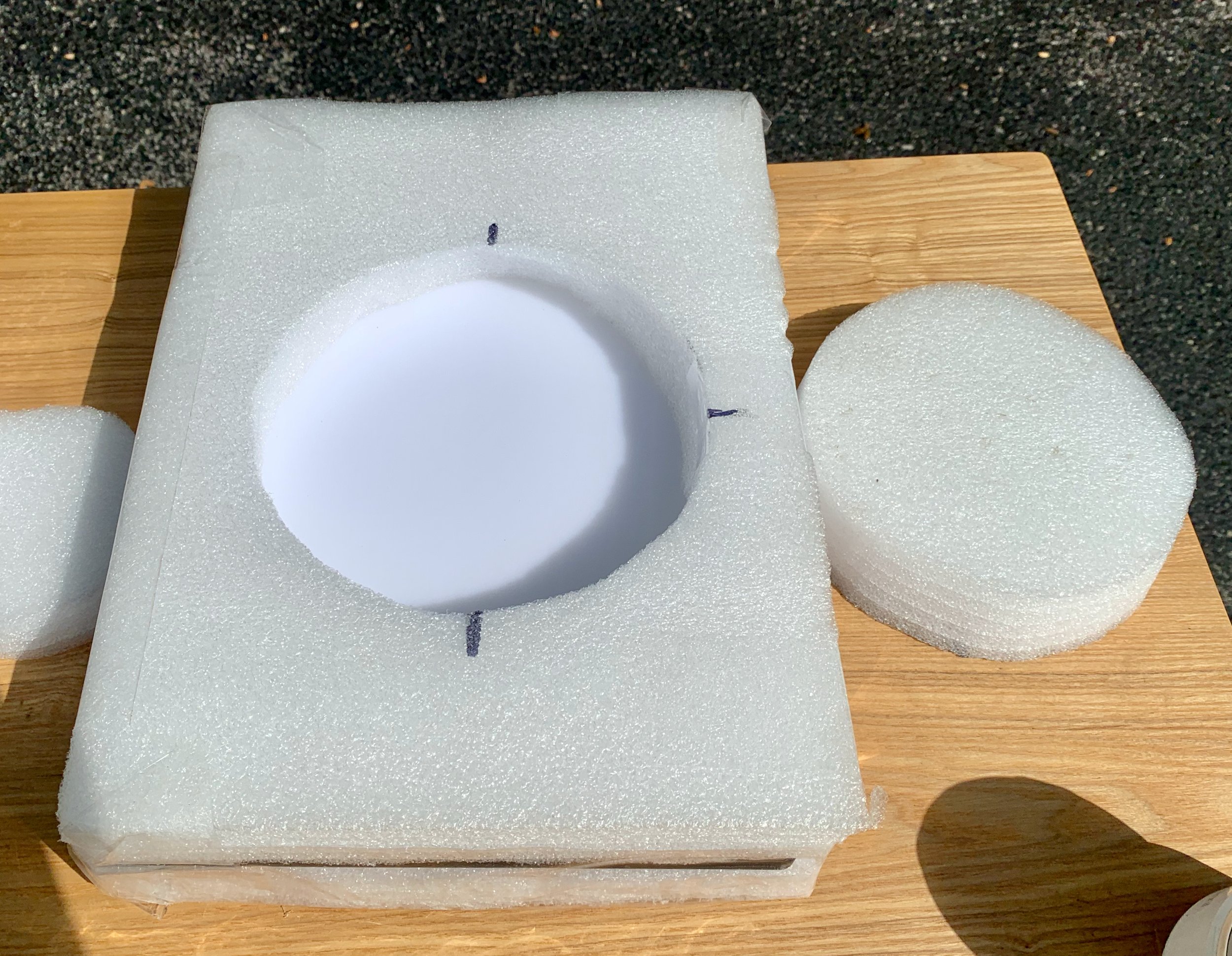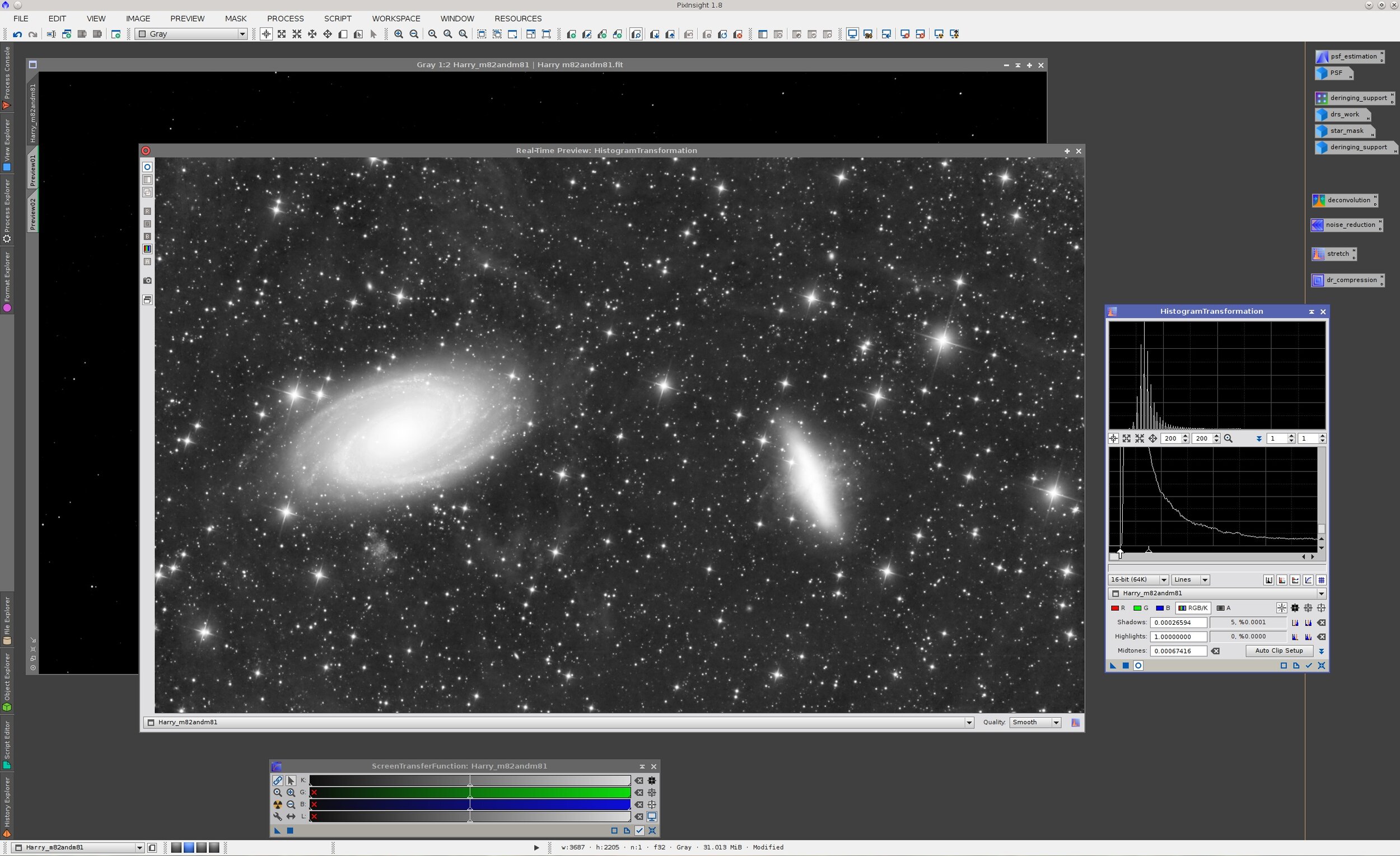The Development Phases of Astrophotography
I recently wrote a series of tweets where I commented that it seems as though there are 4 phases in the development of an Astrophotographer. I received a very positive reaction to those tweets, so I thought I would expand upon those thoughts in a posting here.
Phase 1: Getting Your first images!
Figuring out how to select, acquire. set up, and run your equipment and software until you can finally get your first reasonable subs. This is a huge barrier for many beginning astrophotographers!
This may consist of :
Choosing and acquiring your gear.
Learning how to assemble everything and hook up your gear.
Leveling your mount.
Doing Polar Alignment
Balancing your rig
Connecting your gear for power and USB feeds
Getting the right software installed and configured for controlling your gear
Achieving and maintaining focus
Setting up guiding
Setting up and running your sequence control software
Understanding platesolving and how to sync your mount
Establishing subframe exposure times
Controlling your subframe capture sequence
Dealing with Meridian Flips
Collecting Dark Calibration frames
Collecting Flat Calibration frames
Calibrating, Stacking, and image integration of your collected subs
To get your first images, you must work your way through all of this. So when you get your first images, no matter how they look, you should feel a real sense of accomplishment! Look at all of the barriers you had to overcome to get to this point!
Now that you are here, you can really begin to capture subs, fine tune your methods, and to develop your craft!
My very first rig. I had enough trouble just getting the camera mounted so it could come to focus!
Messier 8 - The Lagoon Nebula was my very first image. This was a color image but I did not know how to get color out yet. No tracking. The focus was off. PA was highly questionable. BUT - I got everything to work enough to get this image. It was a start!
Phase 2: Maximizing the Quality of Your Data
Building on Phase 1 to improve the quality of your subs & cal data & the reliability of your methods. You overcame the first hurdles, now it's time to refine your data collection techniques so you can get high-quality data every time.
Dealing with PA and fine-tuning your method of getting low PA errors
However you are managing focus - be it Bahtinov masks or autofocus routines - get that method down cold to ensure that you maximize your image sharpness.
Make sure that you are tracking effectively - ensure you are getting nice round star images.
Fine-tune your exposure times to ensure that you maximize for SNR - not so short that you are lost in the read noise, not so long that your stars are too blown out.
Pushing for longer integration times! This one is most criticall1. Grab as many subs as you possibly can! If you can get good results with 10 subs, you can certainly get them with 100! Keep pushing here - dramatically increasing your integration times will have huge payoffs in your final results!
Learning from your errors!
Using a PA Camera for alignment really helped get better setups in my driveway!
Adding a focus motor and getting autofocus working really improved the sharpness of my subs!
In order to deal wit Flats, I made a flat light source from an inexpensive LED tracing panel.
Phase 3: Image Processing!
Develop competency in image processing. Recognize how vitally important this is to deliver your final image. Now that you are capturing good data, it's time to really learn how to take advantage of this data and turn it into an image you can be proud of!
This is both a Technical and Artistic challenge!
Learning here never really stops! This separates the wheat from the chaff! I cannot emphasize this enough - many good astrophotographer's collect high-quality data - what makes the great ones stand out is what they finally do with that data.
This is one area where investing time and energy can really pay off.
I started processing with Photoshop and then made the transition to Pixinsight. This was a difficult transition but I think my Pixinsight skills are a huge asset to my Astrophotography Journey. I can’t imagine doing what I do today without using Pixinsight.
Phase 4: Developing Your Own Inner "Eye" - Knowing What Makes an Astro Image look Good.
Once you understand what can be achieved with image processing, you need to use those tools to create an image that looks good and represents your vision for that image.
For a given set of data, there are many possible image endpoints. Some are better than others. Some of this is a personal preference.
Every astrophotographer must develop their own look & style. You must create a final image with a vision that is uniquely yours. This is all about developing your signature look.
This was my first attempt on M42 using Photoshop. I was super pleased with this image when I first processed it.
This is the SAME data set - processed this time in Pixinsight a year later. Very different looks. Notice that the green seen in the other image has been removed here. I am now developing my personal inner eye and the look I want to have in my images. I tend to like higher colors than many others. But this is evolving as I see images I have done before and find that I no longer like my editing decisions that seemed just fine before.
Conclusion
Going through these phases is the Journey one takes into Astrophotography.
Different people go through these phases at their own pace.
Phases usually overlap.
Some of these phases never end.
Don't get frustrated - learn from your mistakes!
Don't be afraid to ask for help.
Be generous when others come to you for help. You did not develop your skills in a vacuum. Others helped you! Whether it was person-to-person, or even what you learned from a Youtube video - you had help - so pay it forwards!
Above all - Enjoy the Journey!








